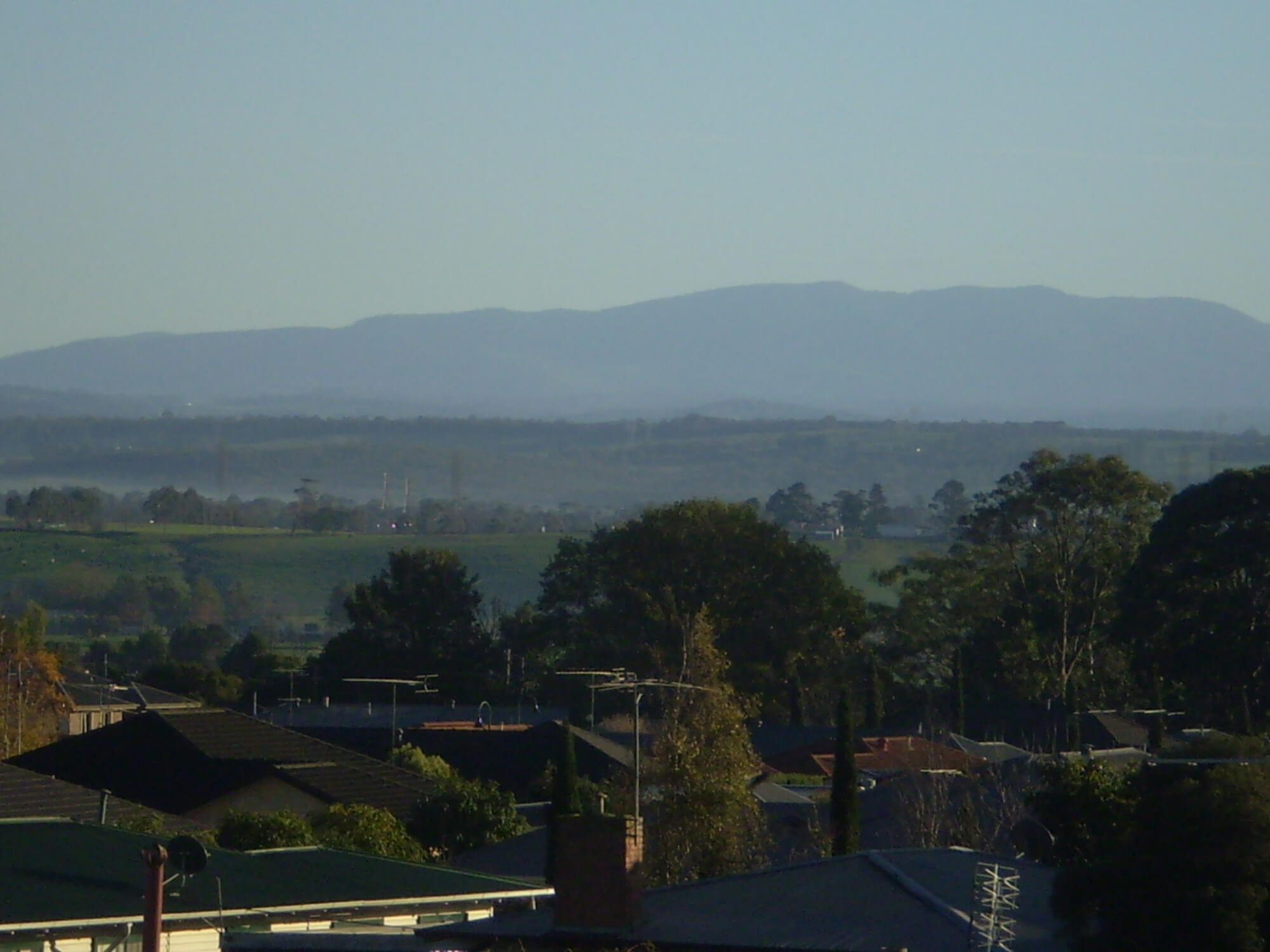Blog
Mini-book review: a very white history

A white history of Moe
If you are interested in white people’s history, then you may enjoy Settlement to City – A History of Moe & Newborough, by Graham Goulding, which was revised and republished by Moe & District Historical Society in 2017.
It is a history of the white people who lived in the Moe and Newborough district from 1846 until about the 1970s plus a brief summary of white people’s activities in Moe and Newborough in the late 1900s and early 2000s. There are interesting photos of white people, and excerpts of articles and letters written by white men, about white men and occasionally white women, in the 1800s and 1900s. There are stories about white men clearing trees from their properties, building buildings, playing in cricket teams, and white people swimming (and sometimes drowning) in the lake the white people called Edward Hunter Reserve.
The ‘ravages of change’ and other euphamisms
There are two paragraphs about Gunaikurnai people on page 3 of Settlement to City – A History of Moe & Newborough.
Goulding states that when the first settlers arrived in the ‘Mowie Swamp’ district in 1846, ‘the Gunaikurnai peoples… had been in the area for more than 20,000 years’; the swamp ‘provided an endless supply of food’, and ‘plenty of evidence of aboriginal camps was found [by the British settlers]’. The author goes on to explain, euphemistically, that the Gunaikurnai population ‘declined’ by 90% between the 1830s and the 1860s, and that the Gunaikurnai people began to experience the ‘ravages of change’ in the 1860s. Goulding then tells us that the few Gunaikurnai people who were left were sent to missions in eastern Gippsland in the 1860s, and that is the last mention of Gunaikurnai people or, indeed, Indigenous people at all, in this history of the Moe area.
There is no other mention of Aboriginal people in this whites-only history book.
The not-so-white history of Moe and Gippsland
This historian does not attempt to describe what happened to 90% of the Gunaikurnai population. He doesn’t explain what caused the ‘ravages of change’ that caused that sudden decline in the population. Nor does he mention another common euphemism used by settlers and police in Gippsland and the rest of Australia: the policy of ‘dispersing’ Aboriginal families whenever their campfire smoke was spotted. The settlers would creep up, on horseback, then muskets ablaze, charge into the village at full gallop, shooting all the men, women and children they could, and trampling the houses underfoot.
There are plenty of documented accounts of the ‘dispersals’ of Gunaikurnai villages (called ‘camps’ by the settlers), across Gippsland. One settler indicated he was sickened by the indiscriminate murder of Gunaikurnai families. During the 1830s and 1840s, people were writing letters to the editort in Port Phillip newspapers lamenting the slaughter of innocent women and children. At the same time, other people were writing letters to the editor saying Aboriginal people needed to be exterminated.
People were writing letters to the editor, complaining about the slaughter of Aboriginal people, in newspapers across the country at different times: in the early 1800s in New South Wales, in the 1830s and 1840s across Victoria, from the 1850s to the 1880s in Queensland, and in the late 1800s and early 1900s in the Northern Territory; not to mention the other states.
I know all this, and I’m not even a historian.
If you’re interested in a realer version of history of Moe, and Australia, go to: Our history and why we need a Treaty.
Photo: the mountains of Moe. By Sally-Anne Watson Kane.
Back To Blog

